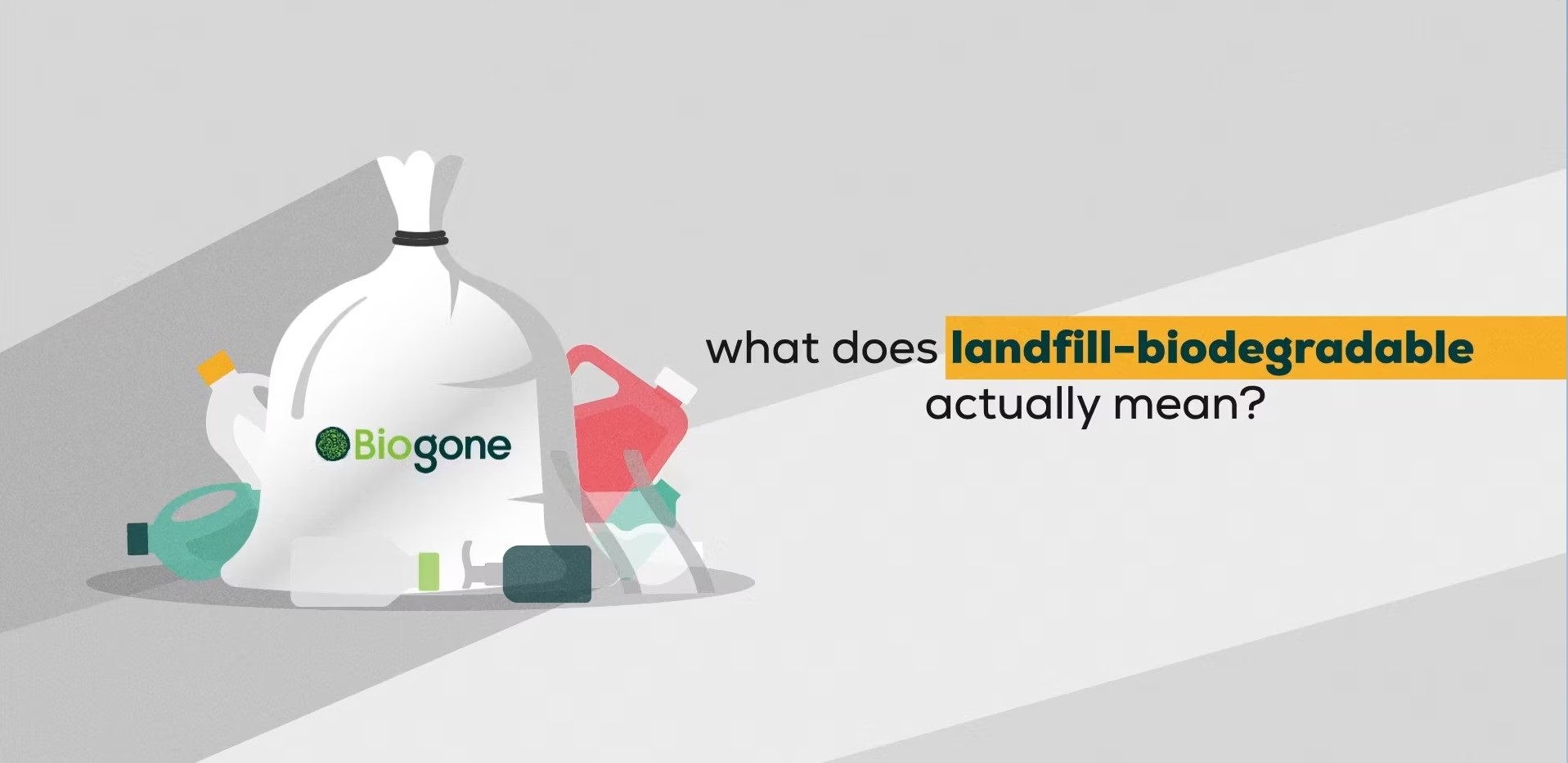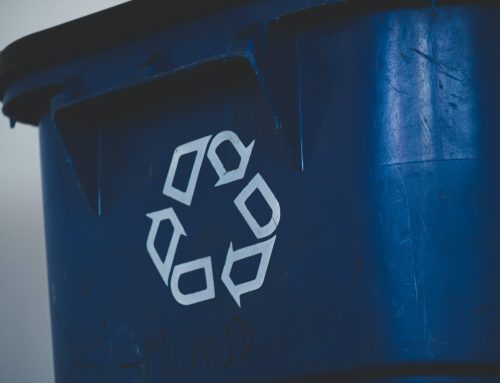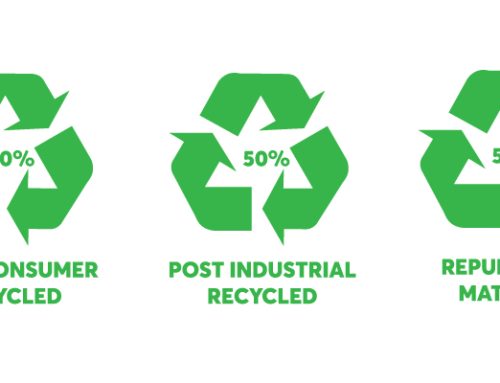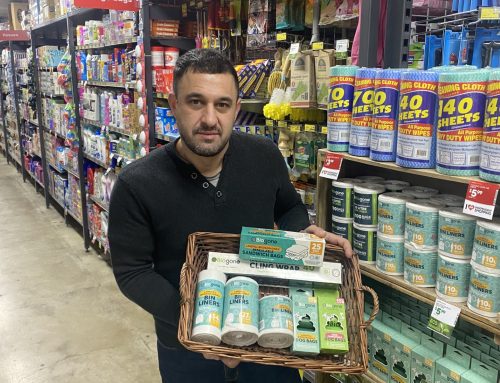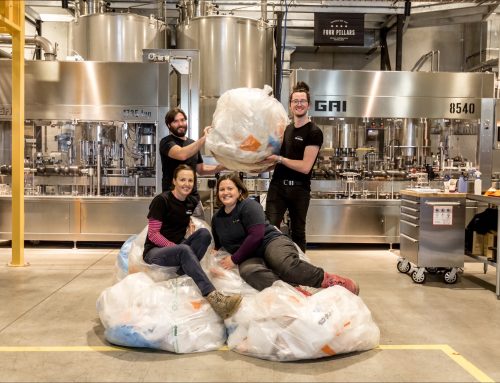Author: Dr. Ross Headifen (PhD)
Ross Headifen has a PhD in Mechanical Engineering and has 28 years of experience developing sustainable and environmental industry products. Ross is co-founder of landfill biodegradable plastics brand Biogone and environmental equipment supplier FieldTech Solutions.
We’ve all heard of what we need to do when it comes to our plastic waste, we need to reduce, reuse and recycle. The most obvious and lowest cost step in this process is to reduce the use of plastic, however currently reducing our plastic waste on a significant scale is not a viable option, and setting up efficient soft plastic recycling is taking far too long for it to be economic.
The other option we have in in the interim is adopting biodegradable plastics. The industry and consumers however still have little understanding about the benefits of this emergent technology for it to be formally recognised as a viable alternative.
Biodegradable Plastics – how are they tested?
Almost anything organic is technically biodegradable. A plastic bag may take 200 years to naturally biodegrade away, but that means it will be biodegrading very slowly for 200 years. About 10 years ago, the Federal Trade Commision in the USA released a document with the requirements that to claim something is ‘biodegradable’ then it must also say where to dispose of it. Plus, it had to provide an indication of how long it will take to biodegrade, as some producers were making claims that were unsubstantiated. Australia doesn’t have this requirement yet, but it is coming. There is currently no standard for Biodegradability.
To provide evidence of biodegradation, standardised tests (generally ASTM tests) are performed to measure the how much biodegradation occurs within the time the test is run. The percent of carbon evolved from the plastic sample in the biodegradation chamber is accurately measured, and they report results such as over 100 days, 5% biodegradation was measured. Most of the world’s renowned laboratories perform these tests for demonstrating biodegradation, and these tests demonstrate a valid method to show whether a plastic can be made to biodegrade or not.
How do landfill-biodegradable plastics biodegrade?
‘Enzymatic mediated biodegradable’ or commonly known as ‘Landfill-biodegradable’ additives for plastic were commercially developed around 2010 in the USA. An inert organic food supplement is added at a small ratio into the conventional plastic at the time a product is made. The plastic obviously still looks and behaves just like a normal plastic, and the only difference is when it is discarded to a landfill, the microbes see the food and are drawn to its surface. The biodegradation can be under aerobic or anaerobic conditions, more information on regulations and methods for testing can be found here.
Biodegradation of landfill-biodegradable plastic is not as fast as compostable plastics, however, it still biodegrades at an accelerated rate, depending on landfill conditions of temperature, moisture level, and other parameters. Landfill-biodegradable additives result in improved biodegradation times of decades instead of centuries.
Watch our video for more on how landfill-biodegradable plastic technology works.
Captured biogas for energy production
When people talk about the circular economy – it can be about circulating materials or circulating energy. In a modern landfill, if methane gas is given off, this gas can be captured and used to generate energy. Energy recycling for those landfills that collect their biogas, and in Australia 76% of plastic packaging is sent to landfills that collect methane gas for power generation.
Recyclability of landfill-biodegradable plastic
Another big advantage of this landfill-biodegradable technology is the product is still fully mainstream recyclable with other plastics. So why not make every plastic to be landfill-biodegradable at least, so they can be recycled or if sent to landfill it will biodegrade away. Click here to read more about recyclability.

